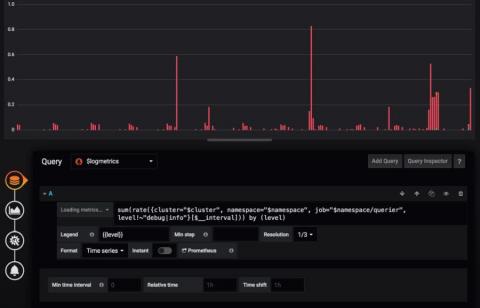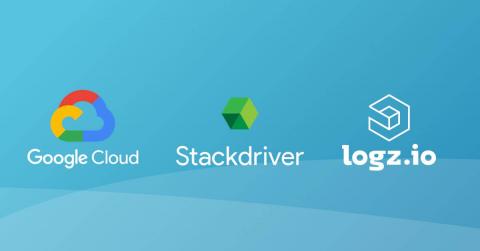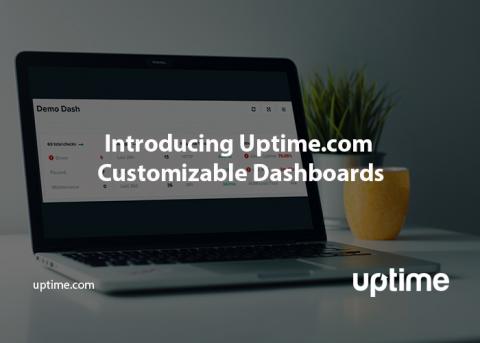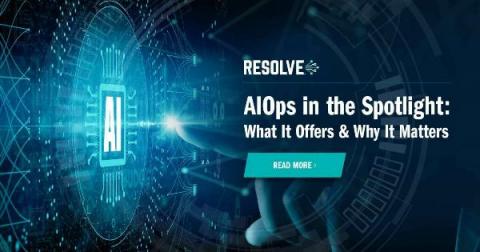What's New in Loki v0.4.0
More frequent releases! We continue to march Loki towards the first GA release, and to help that process we are going to target bi-weekly to weekly releases, depending on changes. - Ed Welch 08/12/2019 My mistake, there was clearly a typo in my previous post, and when I said bi-weekly I clearly meant bi-monthly. ;) The good news, however, is that the project has been very busy and there are some very exciting new features in Loki v0.4.0!











